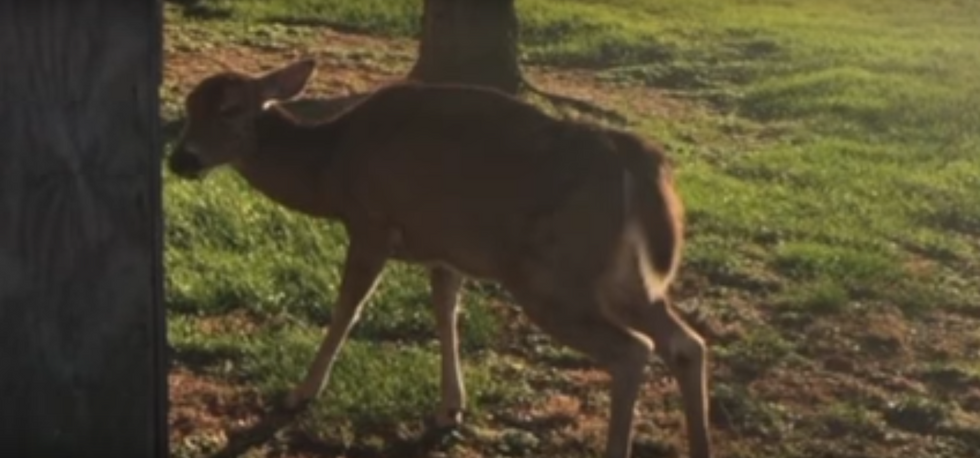If you're a deer hunter like me, you may have heard of the Chronic Wasting Disease (CWD) in the news lately. The PA Game Commission has been making major efforts to spread the word on the disease and persuade people to reduce the effects of the disease. Meanwhile, as you read and hear about Chronic Wasting Disease, you've probably come up with a few questions on the matter. I am here to answer them for you!
What is Chronic Wasting Disease?
CWD is a disease that involves an abnormal prion in the brain, nervous system, and lymphoid tissues of deer, elk, and moose. It causes the death of brain cells, and microscopic holes in the brain tissue.
How does Chronic Wasting Disease spread?
CWD can spread directly from animal to animal or indirectly via plants, soil, and bodily excretions. When deer touch noses, the disease can spread. If urine, feces, or saliva comes in contact with trees, grass, or soil, it can spread to another deer who then touches that tree, grass, or soil. The disease can survive for years, decades even, on the ground.
What are the symptoms of Chronic Wasting Disease?
The symptoms of CWD do not usually appear until 12 months after infection. These late-stage symptoms include severe loss of body condition; excessive drinking, urination, salivation, and drooling; behavioral and neurologic changes such as repetitive walking patterns, droopy ears, a wide-based stance, and listlessness; loss of fear of humans and predators. Keep in mind, these symptoms resemble other illnesses as well, so identifying CWD can be questionable.
Is there a cure for Chronic Wasting Disease?
There is no cure for CWD while the infected animal is alive. The only way to test for the disease is a brain stem and lymph node test after the animal is deceased. The only way to kill the disease while in the soil or on plant life is to burn the ground at 2,000 degrees for 30 minutes. However, this method is not fool-proof. If the disease is so deep in the ground that the fire does not reach 2,000 degrees, CWD will not be eliminated. Then, even if the land remains empty of deer for 10 years, the disease would most likely still be active and would most likely infect any deer that is then placed on the land.
Can I hunt in an area with known Chronic Wasting Disease cases?
Yes, but with certain precautions. Familiarize yourself with the regulations of transporting harvested game where you are hunting. Bone out the meat from any deer you harvest. Handle the brain and spinal tissue as minimally as possible. Have your deer professionally processed in the area in which you harvested it so that high-risk parts can be disposed of properly. Either ask your butcher to process your meat separately from other deer or process your own meat. Only bring low-risk parts back to Pennsylvania. Have your animal tests. The PA Department of Agriculture is happy to do so for you. Do not consume any parts of your deer that test positive for CWD.
What should I do if I'm hunting and see a deer that may have Chronic Wasting Disease?
Do not disturb it or attempt to remove it. Accurately record the location of the deer and contact the PA Game Commission.
Which parts are considered "low-risk" parts of the deer?
1. Edible portions with no part of the spinal column or head attached. 2. Cleaned hides without the head. 3. Skill plate and/or antlers cleaned of all meat and brain tissue. 4. Upper canine teeth without soft tissue. 5. Finished taxidermy mounts. These parts are safe to import into Pennsylvania from any other state, province, or country within areas designated as positive for CWD.
How does Chronic Wasting Disease affect the future of American deer hunters?
Thankfully, we can still go hunting. We can still harvest deer. We just have to take a few extra steps to be safe.
Can Chronic Wasting Disease effect humans?
There are no known cases of humans dying from CWD. The PA Game Commission, the Department of Agriculture and others are doing studies about the risks of humans interacting with CWD.
I still have questions. What do I do?
Contact the PA Game Commission. They are able to answer any questions you still have. Here is their contact info. And here is the link to their CWD web page.





















